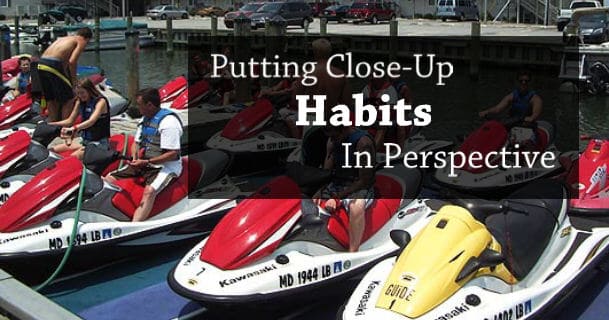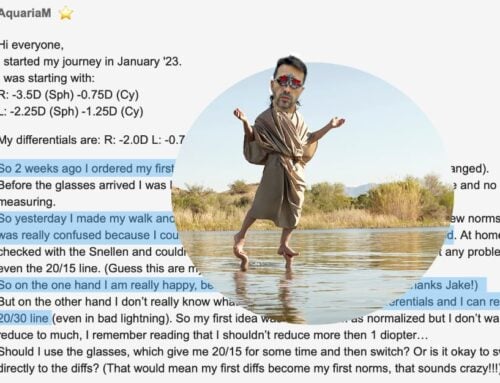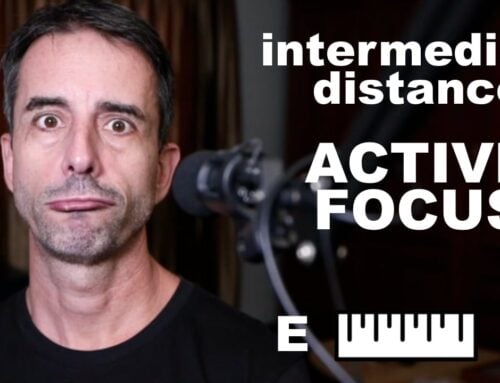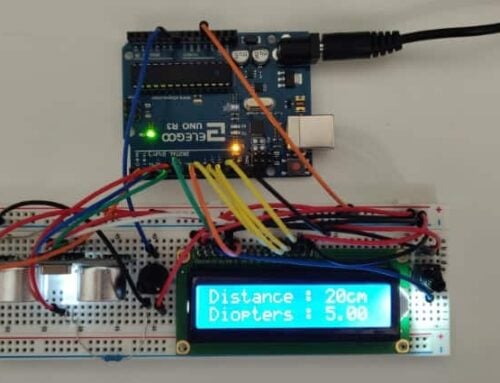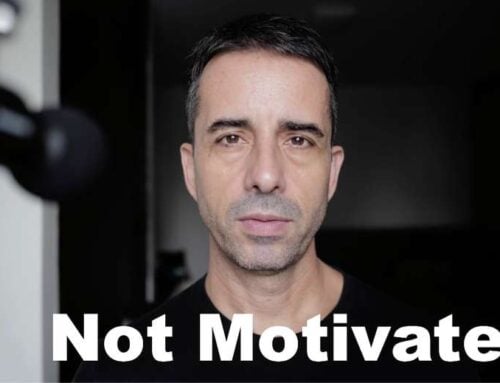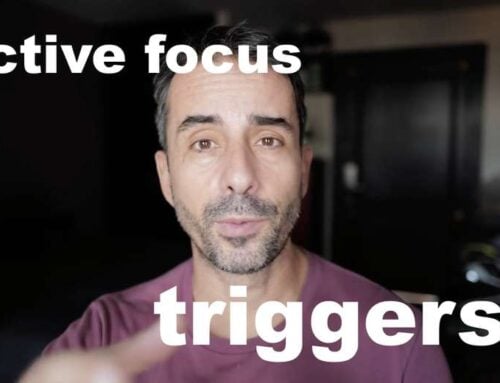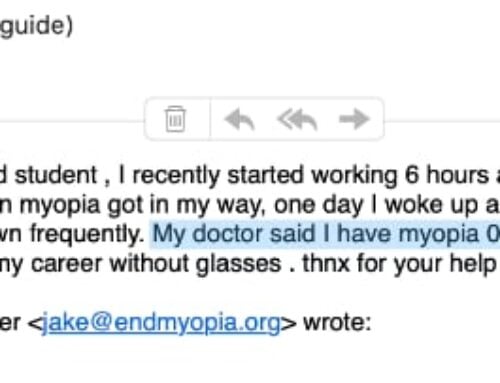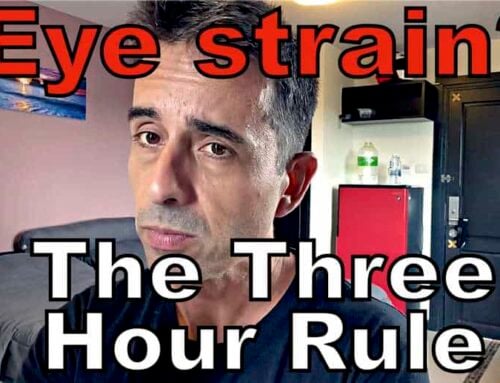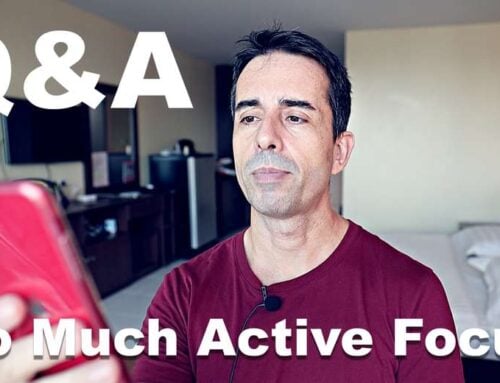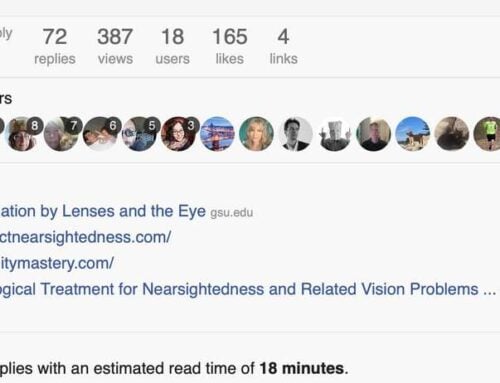In Installment #58 of the Adult Vision Improvement program, we discuss the Peak Prescription:
If you have been doing the occasional centimeter measurement, and sneaking a look at the Snellen once in a while, you have noticed something interesting. Sometimes, your vision is just … better. You get an extra line on the Snellen, or your centimeter is an extra several increments further. It happens. It usually happens when you slept well the night before, you don’t feel stressed, you haven’t done too much close-up, and the lighting is natural and bright. It happens, to everyone.
And we don’t take advantage of these peak conditions. But, we really should.
There is a much greater opportunity in taking your current peak and pushing it further, than increasing your average (which your current prescriptions are doing, increasing the average). The latter is safe, easy, slow. It’s fine and good, unless you want to push results.
If you take your best day, and not let that one be good enough, your average will increase faster, than if you just take your average day, and try to improve that, with subtle routine and persistence. It’s the sprint, the last mile, the extra push, that really conditions physiology.
As such, we need to look at another prescription, the peak prescription.
This ‘supercharged’ prescription reduction, with aggressively lowered (or eliminated) astigmatism values, and carefully adjusted myopia correction, is an excellent improvement tool.
Let’s look at how you can use it to critically review your daily eye strain – and how to further reduce it, to improve your eyesight:
Keep a log of two contrasting days, one where you
1. Do no more than two hours of close-up at a time, with at least an hour or two of distance vision breaks in between.
2. Wear differential prescription, at maximum distance from the screen. You are really pushing the distance – not necessarily active pushing focus, just staying far, far back to where the image tends to blur until you blink once or twice.
3. Your close-up environment is lit full spectrum U.V., aka bright, natural daylight.
When you take your breaks, wear your peak prescription. Ideally, you’d have a morning of no more than two hours of close-up, several hours of break, and then more close-up later in the day. This might be a weekend day. We want optimal conditions to give you a frame of reference.
During this day, track your distant vision, both objectively (Snellen, pulling focus with distant writing – logged) and subjectively (does the Peak Prescription feel strong enough, is your vision feeling comfortable, without disorientation?).
Write it all down.
Another day, would be your ‘bad day at the office’ where you
1. Work in a reduced U.V. spectrum setting, with indoor-only lighting.
2. Pay little attention to maximum distance, just staying focused on your work.
3. Work up-close all day, the way you do when you are pressured to get a project done.
Any other bad habits you might have, throw them in as well. Eating sugary deserts, simple carbohydrates, lots of coffee, anything to spike your insulin, will probably also add to the negative load on your eyesight.
Find some time to measure the results, the same as you did for your good day.
Snellen, and Peak Prescription outdoors. Subjectively and objectively. One thing you will likely notice, if your Peak Prescription is in fact at the proper limit of best case vision, is disorientation. The added blur will likely be uncomfortable, and your visual distance environment is likely not look clear enough.
On a side note – there is nothing you can do, to get your clearer vision back, for this day. Just observe the difference.
The phenomenon that you are creating for yourself here is the one that left you myopic in the first place. Except, that a full minus prescription was added, so you couldn’t notice how much the close-up hurt your eyes. On top of that, you wore the minus up-close, with distorted your real focal plane to wreak some more havoc on your body.
If you want to continue progressing, effectively, you need more of the ‘good days’, when your peak prescription feels comfortable.
This may or may not be a simple thing to accomplish, I realize. You career and lifestyle may require extensive close-up. Lighting may be compromised at your office. Hour breaks may not be achievable. Maybe. Or, you might be able to affect at least some of those aspects, to some degree.
Now you have a tool to measure how much changes improve your vision.
You can put on the Peak Prescription, go outside, get immediate feedback of how your eyes are doing, right now. If you can just cut out the worst of the bad days, and add 10% more good days, you are creating a space to more rapidly improve your eyesight. It’s simple biology – if you go to the gym (push / pull focus) but then eat pizza and drink carbonated sugary drinks (lots of close-up focus), you might not loose weight or get into better shape very quickly.
I’m not advocating a massive lifestyle change. I’m not saying that you should quit your job, max out all your credit cards on cash advances, and use the money to set up a jetski rental place on some Caribbean island. Instead, small, but persistent changes will get you there. Having that Peak Prescription to give you that reference, will help guide you.
Keep in mind too, that none of this is strictly necessary. Pull lots of focus when focused up-close, you will improve your eyesight. It’s if you really want to get the best possible results, if your ultimate goal is 20/10, then you will want to tweak every daily habit aspect that you can.
If you enjoyed this post and haven’t yet tried my vision improvement course, consider trying it for a month. It will teach you how to measure your own myopia, how to assess your own prescription, and how to get to your own Peak Prescription.
Enjoy!

